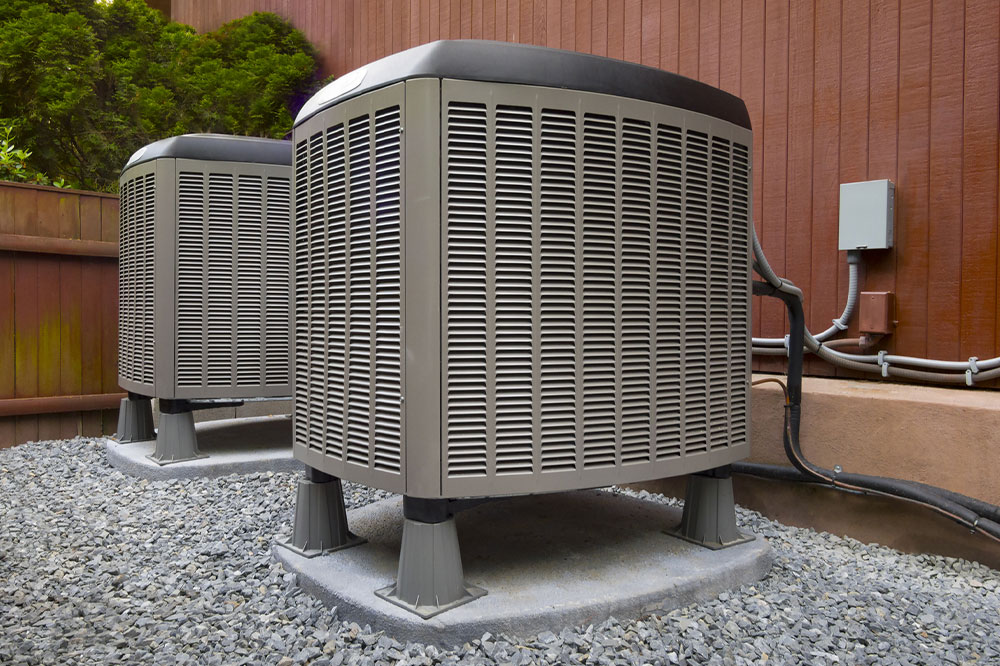
A basic guide to HVAC systems
An HVAC (heating, ventilation, air conditioning) system is a quintessential part of modern life. It is used to provide a suitable temperature in indoor living areas. It is designed in multiple forms to suit different kinds of spaces. Furthermore, there are several brands that provide an extensive range of products to suit individual needs. Read on to know more about the primary elements and types of HVAC systems you could use.
How does an HVAC function?
HVAC utilizes multiple technologies to maintain the temperature, humidity as well as purity of air in an enclosed space. Additionally, an HVAC system can be installed in both residential and commercial properties to improve indoor air quality and offer a suitable temperature. It works towards keeping the residents warm during winter and cool during the summer season. It aids in eliminating dust, airborne bacteria, and toxic gases to keep the environment clean and healthy.
An HVAC system comprises four important elements – a furnace, a cooling unit, a thermostat as well as a duct to circulate the air. These components are interrelated and work in coordination. Several types of HVAC systems are available that use various fuels for their operation, like electricity, oil, gas, and fuel cells. Let’s have a look at what each element does:
Furnace
The furnace is fueled by either oil or natural gas. It heats the surrounding air with the help of a heat exchanger. This component is primarily found in HVAC systems that are installed in attics and basements.
Air conditioning unit
The air conditioning unit works to cool the air inside a room, and this part is usually placed outside the wall. This component utilizes electricity and coolant in liquid form to bring down the temperature by flushing hot air outside and cold air indoors.
Duct
The duct works as a transit system for both hot and cool air to pass outside and inside of a room. These are created beforehand and mostly installed above the ceiling or behind the walls.
Thermostat
This element is used to monitor temperature. It functions as the control unit of the HVAC system, and is therefore a crucial part.
Types of HVAC systems
The cost of an HVAC unit is hugely dependent on the kind of system the customer plans to install. Some of the most popular types are:
Split systems
This system comprises an indoor as well as an outdoor unit that works in sync to offer both heating and cooling effects.
Packaged system
This design combines all the elements in a single unit. This proves suitable for usage in constrained spaces.
Geothermal system
This system bears an environment-friendly design and utilizes the earth’s natural temperature to maintain the indoor environment.
Ductless system
This comes crafted for individual rooms or an area like the attic or basement and doesn’t need ductwork.
Some of the most popular HVAC brands to consider include Carrier, Trane, Lennox, Goodman, Bryant, among others. One must keep in mind that a number of factors are involved when it comes to cost. The average installation costs are around $5,000 to $9,000. Most contractors charge $3 to $6 per square foot of your area to install a central air system. Factors like the size of your home, type of HVAC chosen, brand, energy efficiency will affect your overall costs.




